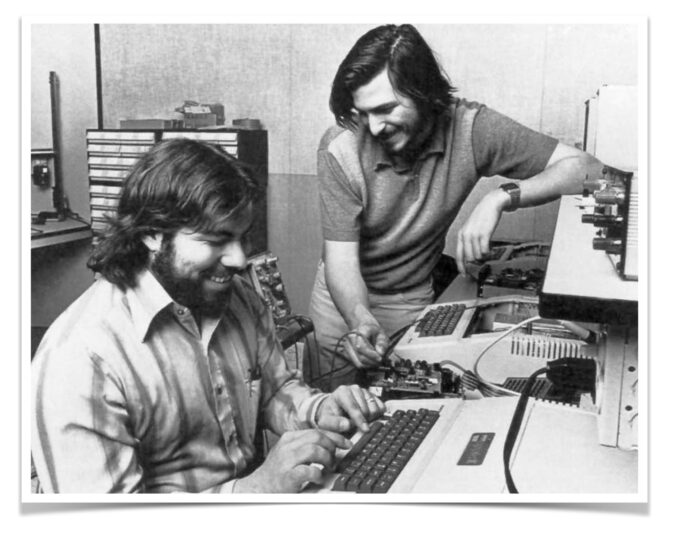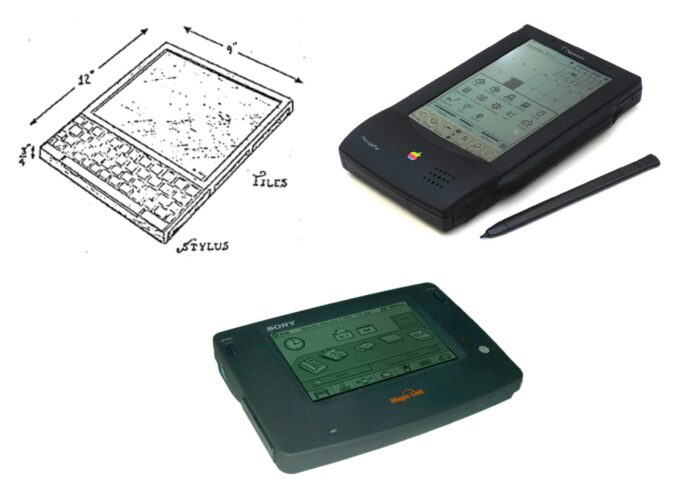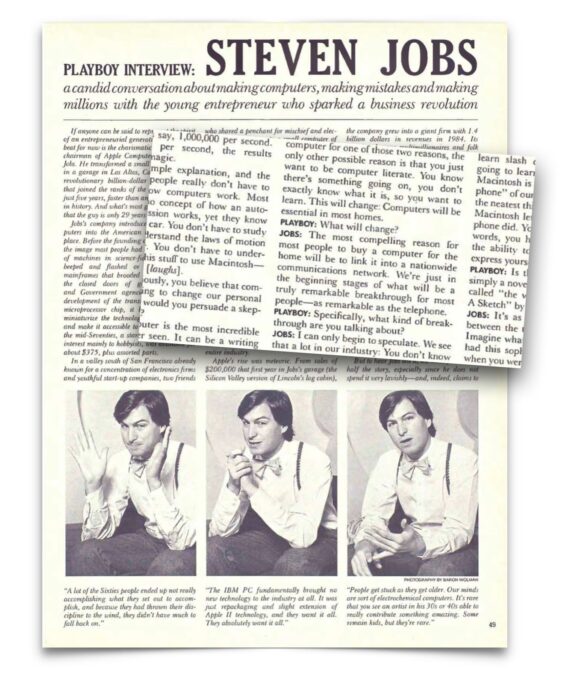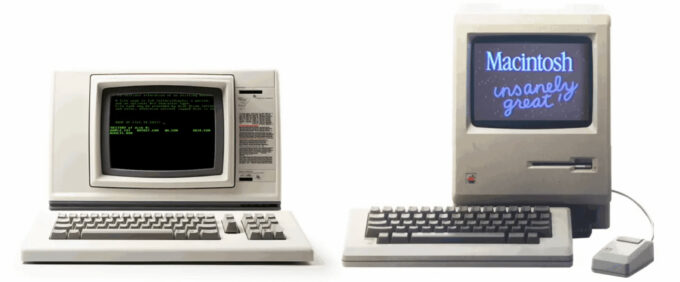Summary: ChatGPT4 has demonstrated superiority in various student exams, revealing its potential to support academic learning and improve educational outcomes, particularly in test preparation. With its accessibility and affordability compared to traditional tutoring services, AI tutoring can help address the increasing demand for academic support, especially as universities begin to reinstate standardized testing requirements.
In 2023, OpenAI shook the foundation of the education system by releasing ChatGPT4. The previous model of ChatGPT had already disrupted classrooms K–12 and beyond by offering a free academic tool capable of writing essays and answering exam questions. Teachers struggled with the idea that widely accessible artificial intelligence (AI) technology could meet the demands of most traditional classroom work and academic skills. GPT3.5 was far from perfect, though, and lacked creativity, nuance, and reliability. However, reports showed that GPT4 could score better than 90 percent of participants on the bar exam, LSAT, SAT reading and writing and math, and several Advanced Placement (AP) exams. This showed a significant improvement from GPT3.5, which struggled to score as well as 50 percent of participants.
This marked a major shift in the role of AI, from it being an easy way out of busy work to a tool that could improve your chances of getting into college. The US Department of Education published a report noting several areas where AI could support teacher instruction and student learning. Among the top examples was intelligent tutoring systems. Early models of these systems showed that an AI tutor could not only recognize when a student was right or wrong in a mathematical problem but also identify the steps a student took and guide them through an explanation of the process.
The role of tutoring in education has grown in significance as more and more high school students have gone to college. Private tutoring is now a booming industry. Often you can find tutors charging anywhere up to $80 for test preparation with no shortage of eager parents willing to pay for their services. Tutoring has been a go-to solution for students to improve their grades outside the classroom. But more importantly, it has been a solution to improve their chances of getting into college, with many private tutoring services focusing on AP and SAT exams. This connection between college admission success and private tutoring costs has been a problem for parents who cannot afford the costs.
ChatGPT4 is available for $20 a month. Although the program itself can be used to answer questions and provide academic support, dedicated education websites have begun incorporating AI tutors to help with test prep. Khan Academy provides free courses on AP content and SAT exams and offers an AI-powered tutor for these subjects at $4 a month. Duolingo, a popular language learning app that offers university-recognized language exams, offers Duolingo Max at $14 a month. These tutoring services are accessible at your fingertips at any time. There is no need to schedule video conferencing calls, do background checks on tutors, or pay extra costs. Quality individualized academic support is available at a moment’s notice.
The availability of AI tutoring services is occurring at a crucial moment in education. As students become accustomed to post-pandemic life, student achievement across the nation still has not returned to where it once was. Despite that, many universities have begun reversing test-optional policies that had allowed students to avoid taking standardized tests such as the SAT. The demand for tutoring has skyrocketed as many new high school seniors struggle to meet the old standards of college admissions. Many school tutoring programs have not been able to provide the support students need, and private tutoring costs are only increasing.
AI has the potential to provide cheap and effective tutoring for these exams while being easily accessible. A Harvard computer science course has been able to incorporate ChatGPT to great success, using it to provide continuous and customized technical support and allowing professors to focus more on pedagogy. As technology improves, students will have more support for academic pursuits, opening an easier path to higher education but also allowing students to more easily explore academic interests beyond rigid classroom instruction.









